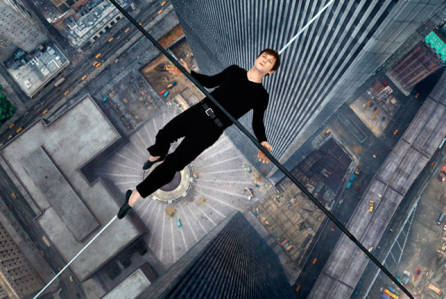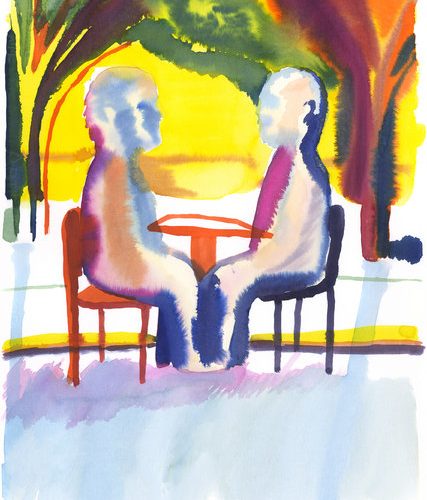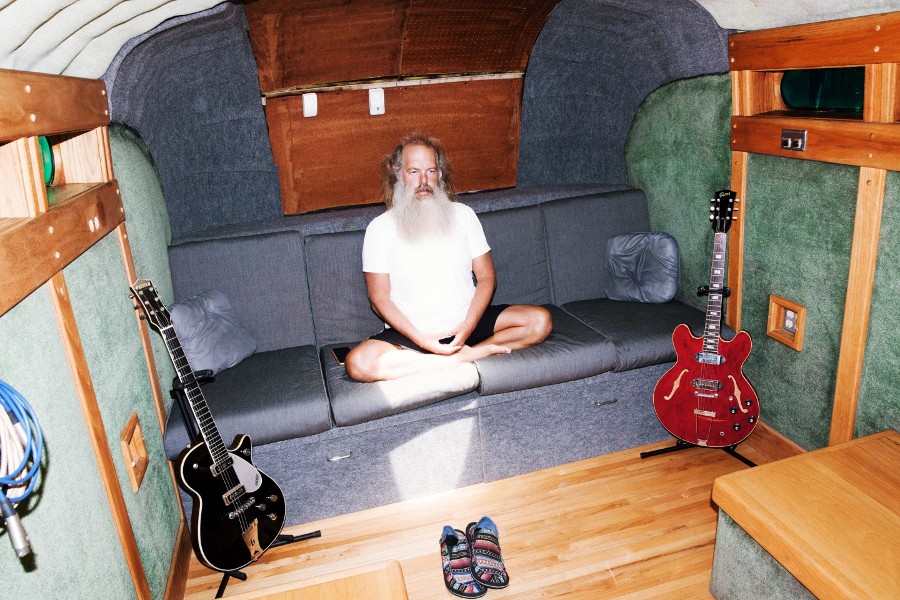‘The Walk’s Robert Zemeckis On A High Wire Directing Career: Deadline Q&A

We tend to identify Robert Zemeckis with a long list of hit films from Forrest Gumpto Cast Away to Back to The Future, Romancing The Stone, Polar Express, Who Framed Roger Rabbit, Beowulf and Flight. A closer look at the struggles behind almost all those films suggests why he might have found a kindred spirit in Philippe Petit, the French aerialist (played by Joseph Gordon-Levitt) who in 1974 walked a wire strung between the North and South towers of the World Trade Center. Zemeckis opens the New York Film Festival tonight with a rendering of Petit’s highly original artistic statement, one part loving tribute to the memory of those buildings, and one part vertigo-inducing 3D that illustrates the danger of Petit’s stunt. At least figuratively, Zemeckis’ insistence on not making the same movie twice (three Back to the Futures is the exception) has meant overcoming adversity and walking a tightrope his entire career, not limited to Disney’s unceremonious shuttering of his motion capture lab ImageMovers Digital that put an end to his performance capture animated films.
Disney kicked The Walk to the curb at the same time, making The Walk a lot like past Zemeckis efforts that include Gump. None of the success — the near $700 million worldwide gross, the six Oscars including Best Director and Best Picture or the chain restaurant Bubba Gump’s — were predicted when Zemeckis struggled to get the movie off the ground, when he and others waived upfront fees and got windfall paydays in success. The Walk got a lifeline from Tom Rothman, who made this his first major buy when he resuscitated TriStar. Zemeckis, in turn, adhered to a budget as tight as Petit’s wire, bringing it in at around $35 million. Rothman now runs Sony Pictures and The Walk turns out to be an awards season bright spot in a rebuilding year.
Read the rest of this article at Deadline
WALK IT OUT

Driving offers some compensating advantages over mass transit, of course, including a greater sense of autonomy and control. But one of the seeming conveniences of driving—that getting from home to work doesn’t force you to walk any farther than from your kitchen to your garage at one end, and from your employer’s parking lot to your desk at the other—isn’t a benefit. It’s a liability.
The big-time health benefits of walking are not a secret. More than a century ago the English historian George Macauley Trevelyan began a book titled, simply, with the line: “I have two doctors: My left leg and my right. When my body and mind are out of gear . . . I know that I shall have only to call in my two doctors to be well again.” He knew what he was talking about.
Read the rest of this article at Quartz
A Conversation With Rick Rubin, Music’s Greatest Vibes Manager
About 15 miles into Malibu’s advertised “27 miles of scenic beauty,” the Pacific Coast Highway bends to the right and delivers you to storied Zuma Beach, a Southern California landmark namechecked in songs by The Rolling Stones and Leon Ware. A little up the hill, overlooking Zuma’s white sand and dazzling blue ocean, is Shangri-La, the musical headquarters of producerRick Rubin. The studio was originally built in the mid-1970s by The Band and Bob Dylan, and the bus they once used to tour the country is still parked in the grass, its insides turned into an auxiliary recording space. Rubin bought Shangri-La in 2011 and had nearly every surface painted white, save for the pastel pink tile countertops in the kitchen and bathroom.
Read the rest of this article at Fader
Stop Googling. Let’s Talk

COLLEGE students tell me they know how to look someone in the eye and type on their phones at the same time, their split attention undetected. They say it’s a skill they mastered in middle school when they wanted to text in class without getting caught. Now they use it when they want to be both with their friends and, as some put it, “elsewhere.”
These days, we feel less of a need to hide the fact that we are dividing our attention. In a 2015 study by the Pew Research Center, 89 percent of cellphone owners said they had used their phones during the last social gathering they attended. But they weren’t happy about it; 82 percent of adults felt that the way they used their phones in social settings hurt the conversation.
Read the rest of this article at The New York Times

